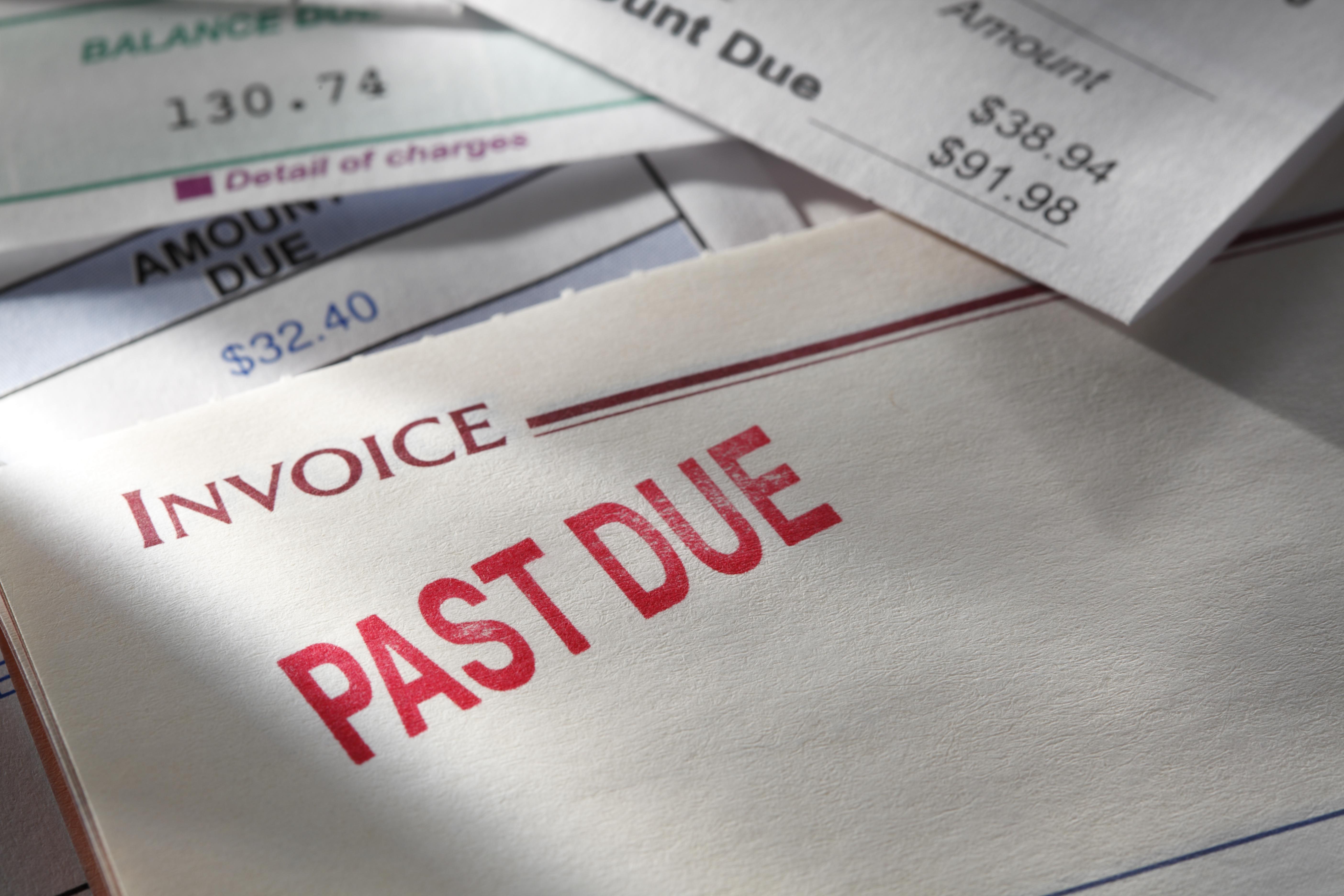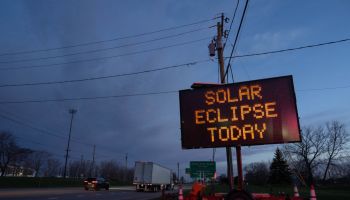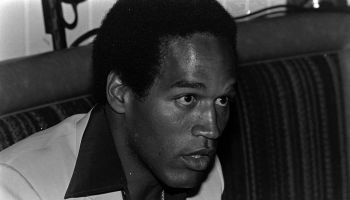Can you be forced to file for bankruptcy?
Nearly all bankruptcy cases involving consumers are voluntary. In these cases, the consumer decides for himself or herself that filing for bankruptcy is the right choice for him or her. Voluntary bankruptcy petitions are what most people think about when they consider bankruptcy under Chapter 7 or Chapter 13.
It is possible in some cases for a debtor to be forced to file bankruptcy, however, in these types, creditors initiate the actions by filing bankruptcy petitions against the debtors. While they are legally allowed to do so, most creditors do not do this, making them very rare.
RULES FOR FILING INVOLUNTARY BANKRUPTCY CASES
Creditors are not allowed to file involuntary bankruptcy cases under Chapter 13. Chapter 13 bankruptcy cases involve the debtor’s entering into a repayment plan lasting between three and five years, during which they make payments to pay their creditors. Involuntary cases cannot be filed under this chapter, and they also aren’t allowed to be filed against fisherman, farmers, or a wife and husband jointly.
There are only two situations under which involuntary cases may be filed. Single creditors may initiate involuntary bankruptcy proceedings if the debtors have less than 12 unsecured creditors, and the petitioning creditor’s claim is an unsecured one of $15,325 or more. Three creditors or more may jointly file involuntary bankruptcy petitions if the debtors have 12 or more creditors, and the moving creditors’ claims total $15,325 or more.
WHY DEBTORS ARE RARELY FORCED TO FILE BANKRUPTCY
Most creditors have difficulty meeting the criteria for filing involuntary bankruptcy petitions. In cases in which they do meet the filing criteria, many are reluctant to do so for multiple reasons. The bankruptcy code gives consumers very powerful protections. In some cases, debtors also have powerful advantages over their unsecured creditors through the law as well. This means that creditors oftentimes do far worse in bankruptcy cases than do the consumers who owe them money. If the involuntary bankruptcy case is dismissed by the bankruptcy court, the creditor or creditors who petitioned for it may be ordered to pay all of the associated attorneys’ fees, court costs and compensatory and punitive damages.
THE OPTIONS A DEBTOR HAS WHEN AN INVOLUNTARY BANKRUPTCY CASE IS FILED
When an involuntary bankruptcy petition is filed, the consumer has several choices. He or she may decide to continue on with the case. Chapter 7 bankruptcy often provides advantages for the debtor, making it potentially attractive to him or her. A debtor may also move to convert the bankruptcy petition from Chapter 7 to Chapter 13. The debtor may also contest the action.














